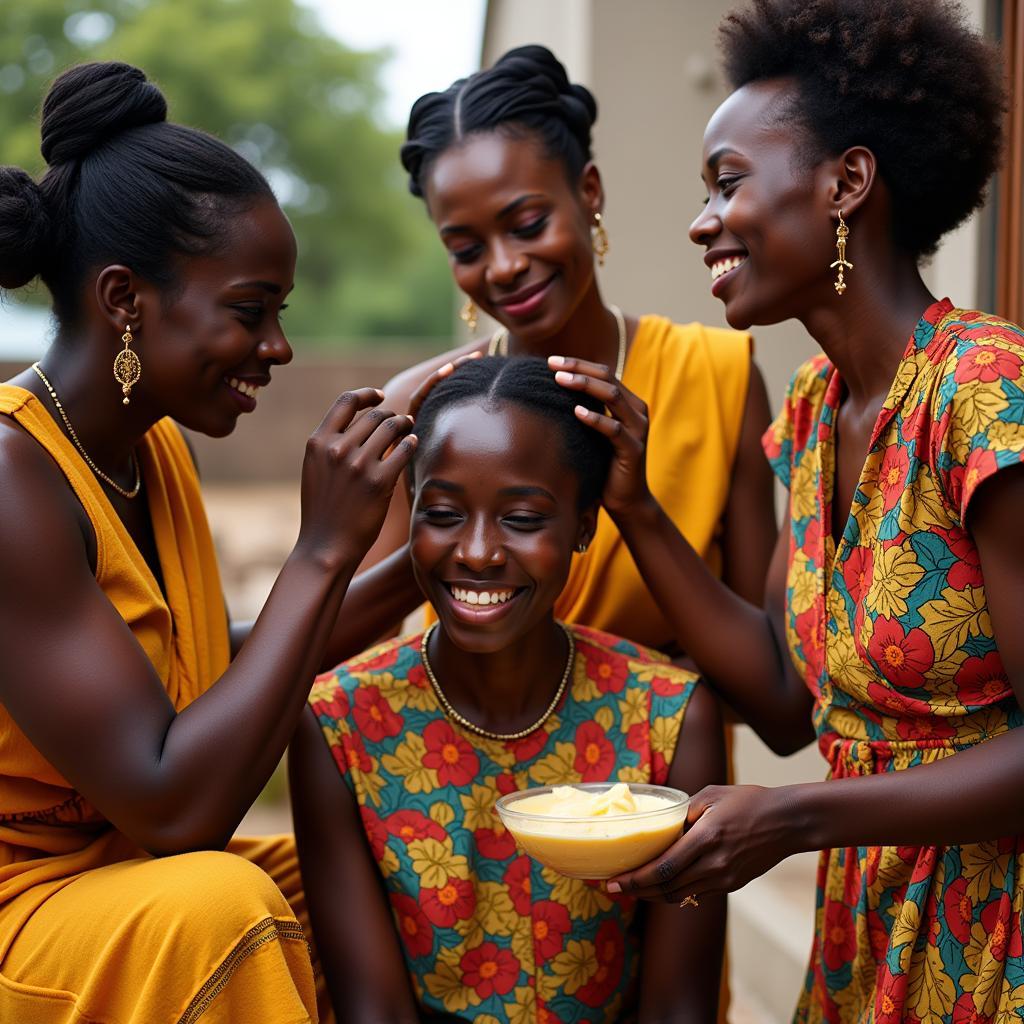Adansonia Digitata: A Deep Dive into the African Plant Giant
The Adansonia digitata, commonly known as the baobab or the African baobab, is a truly iconic tree. This majestic species, a symbol of resilience and longevity, stands tall across the African savanna, captivating with its unique silhouette and fascinating ecology. This article delves into the rich world of the Adansonia Digitata African Plants, exploring its biological intricacies, cultural significance, and the numerous benefits it offers.
Understanding Adansonia Digitata’s Remarkable Biology
The baobab, a member of the Malvaceae family, is a deciduous tree renowned for its extraordinary lifespan, reaching up to several thousand years. What distinguishes the African baobab from other trees is its remarkable ability to store water within its massive trunk, adapting perfectly to the harsh and arid conditions of its native habitat. This adaptation allows the Adansonia digitata to survive prolonged droughts, providing a crucial water source for both itself and the surrounding ecosystem.
The baobab’s unique appearance, characterized by its swollen, bottle-like trunk and gnarled branches, has earned it several nicknames, including the “upside-down tree” and the “tree of life.” The tree’s bark is smooth and grey, contrasting sharply with the vibrant green of its palmate leaves. During the dry season, the baobab sheds its leaves, revealing its skeletal framework.
The tree’s large, white, pendulous flowers bloom at night, attracting pollinators like bats and insects. These flowers give way to the baobab fruit, a large, woody pod containing a powdery pulp rich in nutrients. This pulp is highly valued for its nutritional and medicinal properties and is often consumed as a food source or used in traditional medicine. More about the health benefits can be found at the african berry health benefits.
The Cultural Significance of the Baobab
The African baobab is not just a botanical marvel; it holds deep cultural significance for many communities across Africa. It serves as a gathering place, a source of inspiration for folklore, and a symbol of strength and resilience. Stories and myths often depict the baobab as a sacred tree, a protector, and a provider. The tree’s longevity makes it a living witness to generations past and a symbol of continuity.
Many African communities utilize various parts of the baobab tree for practical purposes. The bark is used to make rope and cloth, the leaves are eaten as vegetables, and the fruit pulp is consumed as a food source or used in traditional medicines. The baobab’s significance is woven into the fabric of African Life.
The baobab has a special connection to traditional healers who often consider it a sacred plant, believing it to possess powerful healing properties. For a closer look at this connection, see the african berry indian doctor.
What are the Uses of the Adansonia Digitata?
Adansonia digitata is a versatile plant with a wide range of uses. From food and medicine to crafting and construction, the baobab provides numerous benefits to the communities that live alongside it. The fruit pulp is rich in Vitamin C and other essential nutrients, making it a valuable food source. Its leaves can be used in salads, soups and stews. It can be seen marketed as the african berry slim now.
The bark, strong and fibrous, is used for making rope, baskets, and even clothing. The seeds can be pressed to produce oil, and the wood, although soft, can be used for crafting various items. The baobab truly embodies the concept of a “tree of life.” For more insights into the baobab plant, visit the african berry plant.
Protecting the Future of Adansonia Digitata
Despite its resilience, the Adansonia digitata faces growing threats from climate change, deforestation, and unsustainable harvesting practices. Conservation efforts are crucial to ensure the survival of this iconic African plant. Supporting sustainable harvesting practices and protecting the baobab’s natural habitat are essential steps in safeguarding its future for generations to come.
The baobab, in its unique way, represents the interconnectedness of nature and culture. By understanding and appreciating its value, we can contribute to its preservation and ensure that it continues to thrive in the African landscape. Further exploration of the iconic tree can be found here: african bottle tree.
Conclusion: Adansonia Digitata – A Legacy to Preserve
The Adansonia digitata, with its remarkable biology, cultural significance, and diverse uses, is a true treasure of the African continent. Protecting this iconic plant is vital, ensuring that its legacy continues to inspire and benefit future generations. Understanding and appreciating the unique qualities of the adansonia digitata african plants is the first step towards its conservation.
FAQ
- How long does an Adansonia digitata live? Baobabs can live for several thousand years.
- What is the primary adaptation of the Adansonia digitata to arid environments? Its ability to store vast quantities of water in its trunk.
- What are some traditional uses of the baobab? Food, medicine, rope, clothing, and shelter.
- What are the main threats to baobab populations? Climate change, deforestation, and unsustainable harvesting.
- Why is the baobab called the “tree of life”? Because it provides sustenance and has numerous practical uses.
- What part of the baobab is most commonly used for food? The fruit pulp.
- What is the scientific name for the baobab? Adansonia digitata.
Common Questions:
What are the benefits of baobab fruit?
How to propagate a baobab tree?
Where can I buy baobab products?
Other resources:
You might also be interested in articles about other African plants, traditional African medicine, or the impact of climate change on African ecosystems.
Contact us for any inquiries or support regarding Adansonia Digitata or other related topics. Phone: +255768904061, Email: kaka.mag@gmail.com or visit our office at Mbarali DC Mawindi, Kangaga, Tanzania. Our customer service team is available 24/7.

